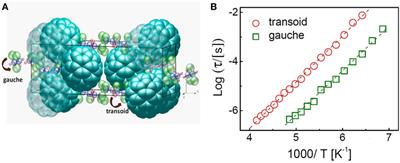ORIGINAL RESEARCH
Published on 02 Jul 2018
Facile MoS2 Growth on Reduced Graphene-Oxide via Liquid Phase Method
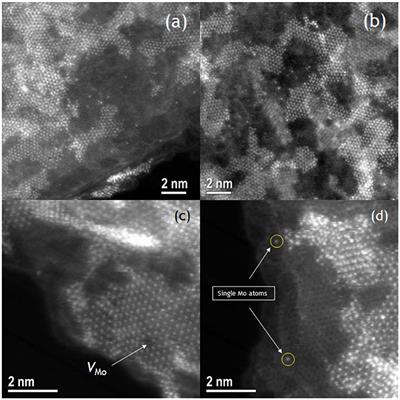
doi 10.3389/fmats.2018.00029
- 3,708 views
- 7 citations
5,728
Total downloads
47k
Total views and downloads
ORIGINAL RESEARCH
Published on 02 Jul 2018

ORIGINAL RESEARCH
Published on 14 Jun 2018

ORIGINAL RESEARCH
Published on 25 Apr 2018
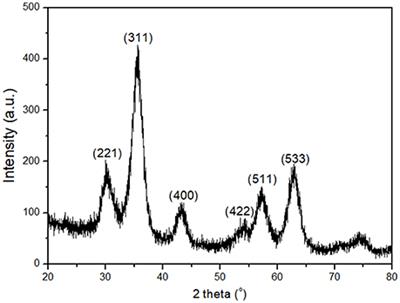
ORIGINAL RESEARCH
Published on 16 Apr 2018
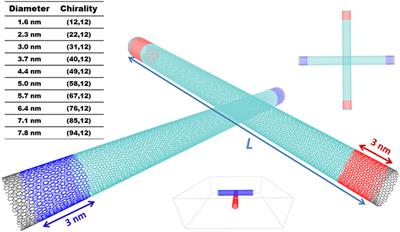
ORIGINAL RESEARCH
Published on 02 Mar 2018
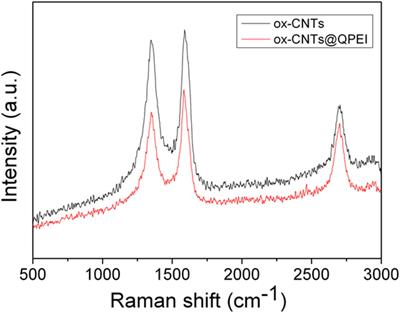
MINI REVIEW
Published on 04 Jan 2018
